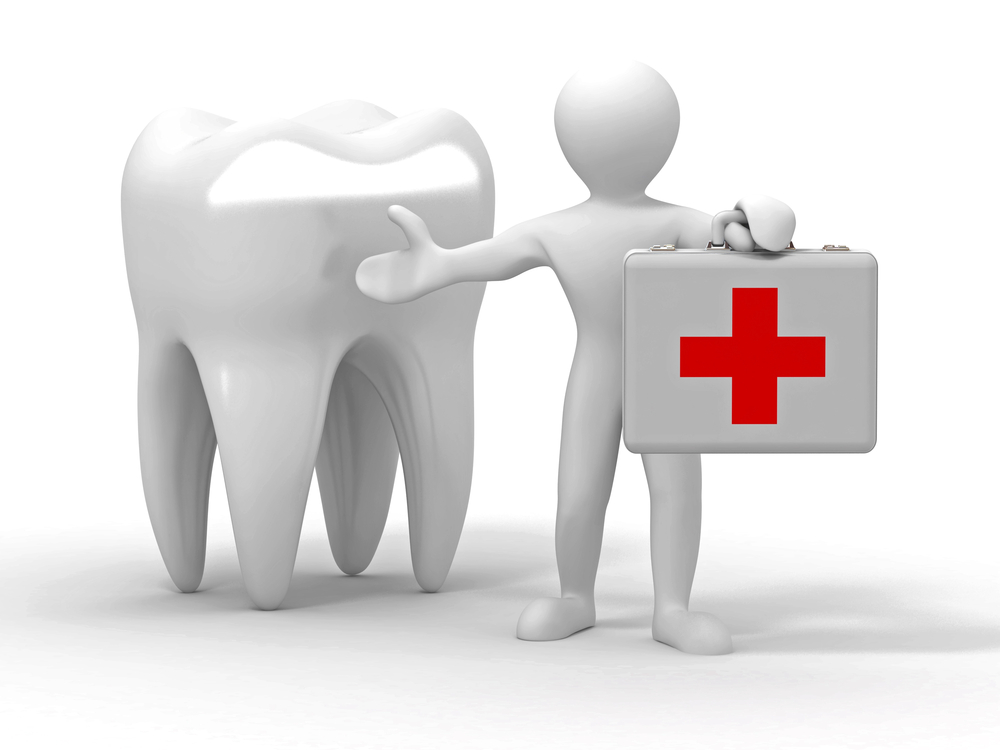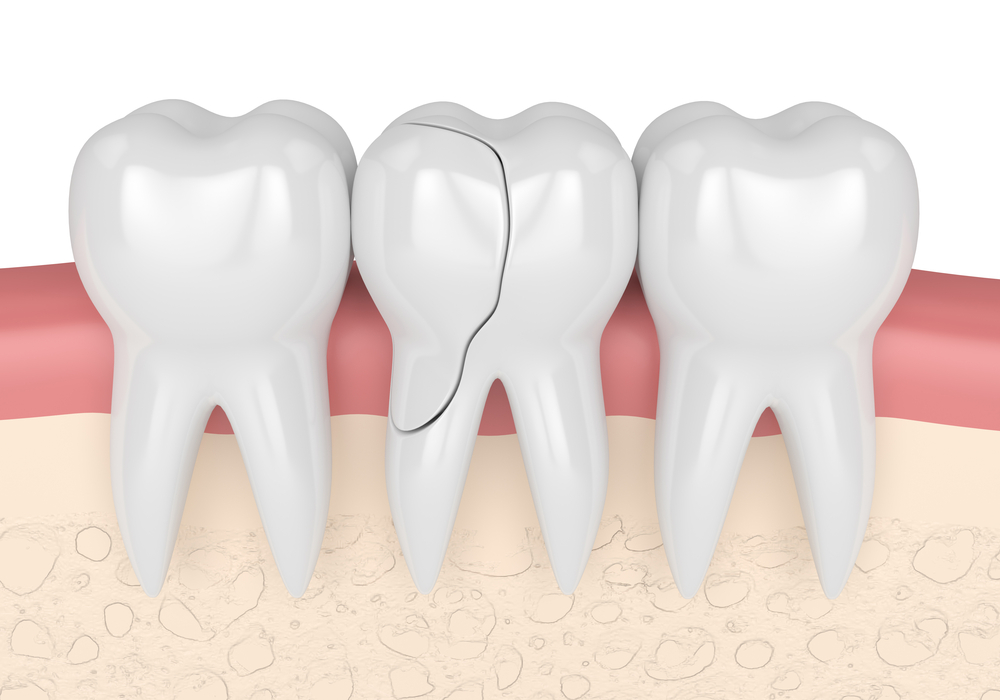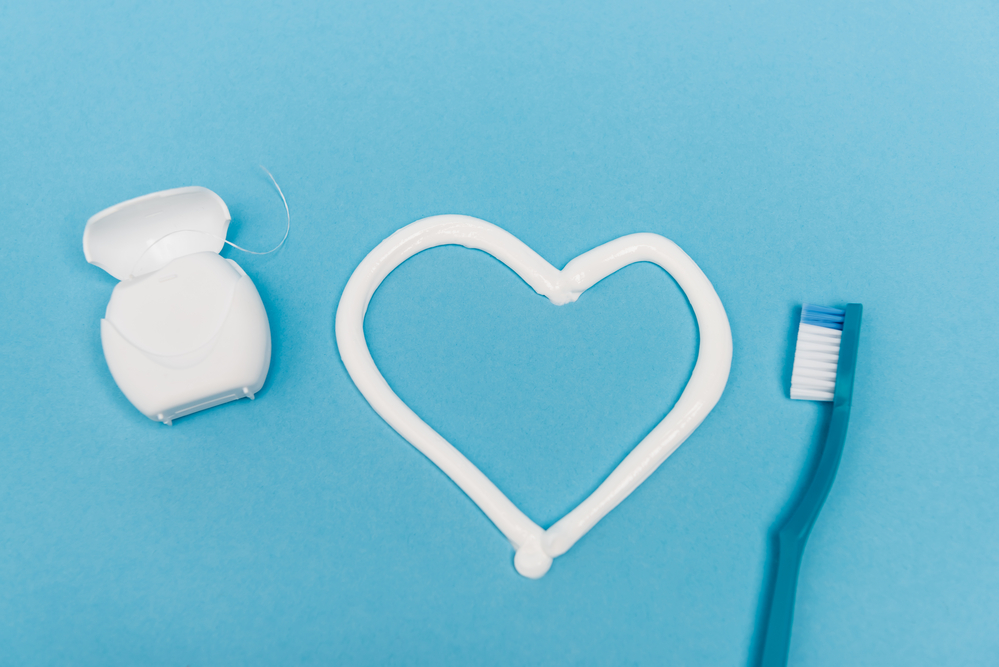
Dental emergencies can happen at any time and often when you least expect them. Knowing how to respond quickly and effectively can make a significant difference in saving your teeth and alleviating pain. As a dental professional, I understand the urgency that comes with dental emergencies.
This blog will guide you through common dental emergencies, the immediate steps you should take, and how to find emergency dental care in Phoenix. By being prepared and informed, you can ensure the best possible outcome for your dental health in any emergency situation.
Understanding Dental Emergencies
Dental emergencies require immediate attention to prevent further damage and alleviate pain. Recognizing what constitutes a dental emergency is the first step in managing these situations effectively. Here, we will explore common types of dental emergencies and how to identify them.
Definition:
A dental emergency is any situation involving severe pain, bleeding, or trauma to the teeth, gums, or surrounding tissues that requires prompt professional care.
Common Types:
Understanding the common types of dental emergencies can help you respond appropriately when they occur. These include:
- Toothache: Severe, persistent pain in a tooth that can indicate infection or decay.
- Broken or chipped tooth: Any crack, break, or chip in a tooth caused by trauma, grinding, or biting on hard objects.
- Knocked-out tooth: A tooth that has been completely dislodged from its socket due to injury.
- Dental abscess: A painful infection at the root of a tooth or between the gum and a tooth, often accompanied by swelling and fever.
Knowing these types of emergencies and their symptoms can help you take the necessary immediate steps and seek appropriate dental care.
Toothache
Toothaches can be incredibly painful and disruptive, often signaling an underlying dental issue that needs prompt attention. Understanding the causes and knowing the immediate steps to take can help manage the pain and prevent further complications.
Causes:
Toothaches can arise from a variety of causes, each requiring different approaches to treatment. Common causes include:
- Tooth decay: Cavities can expose the inner layers of the tooth, causing pain.
- Gum disease: Infections and inflammation of the gums can lead to tooth pain.
- Tooth abscess: A severe infection at the root of a tooth or between the gum and tooth.
- Tooth fracture: Cracks or breaks in a tooth can cause significant pain.
Immediate Steps:
If you experience a toothache, taking the right immediate steps can help alleviate pain and prevent the condition from worsening:
- Rinse with warm salt water: This can help clean the area and reduce inflammation.
- Floss gently: Remove any food particles stuck between teeth that might be causing pain.
- Apply a cold compress: Place it on the outside of your cheek to reduce swelling and numb the pain.
- Take over-the-counter pain relievers: Use as directed to manage pain until you can see a dentist.
When to See a Dentist:
It’s important to know when to seek professional care for a toothache. Indicators that you need to see a dentist include:
- Severe, persistent pain that doesn’t improve with self-care.
- Swelling in the face or gums.
- Fever or signs of infection, such as pus or a foul taste in the mouth.
- Difficulty chewing or opening your mouth.
Prompt attention from a dentist can help diagnose the underlying cause of the toothache and provide appropriate treatment to relieve pain and restore dental health.
Broken or Chipped Tooth

A broken or chipped tooth can be a distressing experience, often resulting from trauma or biting down on something hard. Knowing how to manage this situation immediately can prevent further damage and ensure the best possible outcome.
Causes:
Teeth can become broken or chipped due to various reasons, and understanding these can help in both prevention and treatment:
- Physical injury or trauma: Accidents, sports injuries, or falls.
- Biting on hard objects: Such as ice, hard candy, or bones.
- Weakened teeth: Teeth that are weakened by decay or previous dental procedures.
- Teeth grinding (bruxism): Persistent grinding can wear down teeth and make them more susceptible to breaks.
Immediate Steps:
If you break or chip a tooth, taking the right immediate actions can help manage the situation until you can see a dentist:
- Rinse your mouth: Use warm water to clean the area and rinse away any debris.
- Save the pieces: If possible, save any broken pieces of the tooth and keep them moist in milk or saliva.
- Apply a cold compress: Place it on the outside of your cheek to reduce swelling and pain.
- Use dental cement: If available, temporary dental cement can cover the broken part of the tooth to protect it.
- Avoid hard foods: Stick to soft foods and avoid biting down on the affected tooth.
Treatment Options:
Seeing a dentist as soon as possible is crucial for repairing a broken or chipped tooth. Depending on the severity of the damage, treatment options may include:
- Dental bonding or filling: For minor chips, a composite resin can be used to restore the tooth’s shape.
- Dental crown: For larger breaks, a crown can cover and protect the remaining tooth structure.
- Root canal therapy: If the break exposes the tooth’s pulp, a root canal may be necessary to prevent infection.
- Veneers: For front teeth, veneers can be used to restore appearance and function.
Prompt treatment not only restores the tooth’s appearance and functionality but also prevents potential complications such as infection or further damage.
Knocked-Out Tooth
A knocked-out tooth is one of the most urgent dental emergencies and requires immediate action to increase the chances of saving the tooth. Knowing what to do in this situation can significantly impact the outcome.
Immediate Steps:
If you or someone else has a tooth knocked out, quick and proper action is crucial. Follow these steps immediately:
- Handle the tooth carefully: Pick up the tooth by the crown (the chewing surface) and avoid touching the root to prevent damage.
- Rinse the tooth gently: Use water to clean the tooth if it’s dirty, but do not scrub or remove any attached tissue fragments.
- Reposition the tooth if possible: Try to place the tooth back into the socket gently and hold it in place. If this isn’t possible, keep it moist.
- Keep the tooth moist: Place the tooth in a container of milk or a saline solution. If neither is available, keep the tooth in your mouth between the cheek and gums.
Time Sensitivity:
The success of re-implanting a knocked-out tooth greatly depends on how quickly you act. Ideally, the tooth should be repositioned within 30 minutes to an hour. The sooner you get to a dentist, the better the chances of saving the tooth.
Long-Term Care:
After re-implantation, it’s essential to follow up with your dentist to ensure the tooth is healing properly and to receive any necessary ongoing treatment. Long-term care may involve:
- Splinting: Your dentist may use a splint to stabilize the tooth by attaching it to the adjacent teeth.
- Root canal therapy: This may be necessary if the tooth’s pulp is damaged or infected.
- Regular check-ups: Continuous monitoring to ensure the tooth is reintegrating successfully and to address any complications promptly.
Taking these immediate steps and seeking prompt dental care can make a significant difference in saving a knocked-out tooth and restoring your smile.
Dental Abscess
A dental abscess is a painful infection that occurs at the root of a tooth (endodontic abscess) or between the gum and a tooth (periodontal abscess). It requires immediate attention to prevent the infection from spreading and causing more severe health issues. Recognizing the symptoms and knowing the immediate steps to take can help manage the pain and prevent complications.
Symptoms:
Recognizing the symptoms of a dental abscess early can help you seek timely treatment. Common signs include:
- Severe, persistent toothache: Pain that can radiate to the jaw, neck, or ear.
- Swelling and redness: Swelling in the face or cheek, and redness in the gums.
- Fever: A high temperature indicating infection.
- Bad taste in the mouth: A foul taste caused by pus draining from the abscess.
- Swollen lymph nodes: Tender, swollen lymph nodes under the jaw or in the neck.
Immediate Steps:
If you suspect a dental abscess, taking immediate steps can help manage pain and reduce the risk of the infection spreading:
- Rinse with salt water: Use warm salt water to rinse your mouth can provide some relief, especially with swelling.
- Take over-the-counter pain relievers: Use as directed to manage pain and reduce fever.
- Apply a cold compress: Place it on the outside of your cheek to help reduce swelling.
- Avoid hot or cold foods and drinks: These can exacerbate the pain.
When to Seek Help:
It’s crucial to seek professional dental care promptly if you suspect a dental abscess. Indicators that you need immediate attention include:
- Severe pain that doesn’t improve with self-care.
- Swelling that spreads to your face, neck, or eyes.
- Difficulty breathing or swallowing.
- Fever and general feeling of unwellness.
Treatment:
Treating a dental abscess typically involves draining the infection and addressing the underlying cause. Treatment options may include:
- Incision and drainage: Your dentist may make a small incision into the abscess to drain the pus.
- Root canal therapy: This can remove the infected tissue and save the tooth.
- Antibiotics: Prescribed to help eliminate the infection, especially if it has spread.
- Tooth extraction: If the tooth cannot be saved, it may need to be removed.
Prompt treatment of a dental abscess is essential to prevent the infection from spreading and causing more severe health issues. Regular dental check-ups can help detect and address problems before they escalate.
Finding Emergency Dental Care in Phoenix
Knowing where to find emergency dental care in Phoenix is crucial when a dental emergency strikes. Being prepared can make a significant difference in managing pain and preventing further damage. Here’s a guide to help you locate and utilize emergency dental services effectively.
Local Resources:
Phoenix has several emergency dental clinics that provide immediate care for dental emergencies. Some options include:
- Complete Dental Care: Offers emergency services for all types of dental emergencies. Contact us at (480) 530-0492.
- Phoenix Emergency Dental Clinic: Open 24/7 for urgent dental care.
- Arizona Dental Emergency Services: Provides comprehensive emergency care, including pain relief and urgent procedures.
What to Expect:
Understanding what to expect during an emergency dental visit can help reduce anxiety and ensure you’re prepared. Typical procedures include:
- Initial Assessment: A thorough examination to determine the cause and extent of the emergency.
- Pain Management: Immediate relief through painkillers, local anesthetics, or other medications.
- Urgent Treatment: Procedures such as fillings, extractions, or temporary repairs to address the emergency.
- Follow-Up Care: Instructions and appointments for any necessary follow-up treatment.
Insurance and Payment Options:
Emergency dental care can be costly, so understanding your insurance coverage and payment options is important:
- Insurance Coverage: Check if your dental insurance covers emergency visits and what specific services are included.
- Payment Plans: Many dental clinics offer payment plans or financing options to help manage costs.
- Discount Programs: Some clinics provide discount programs for uninsured patients to reduce the financial burden.
Having this information at your fingertips ensures you can quickly access the care you need during a dental emergency. Knowing where to go and what to expect can help you remain calm and get the prompt treatment necessary to protect your dental health.
Preventing Dental Emergencies

While not all dental emergencies can be prevented, many can be avoided with proper care and precautions. Implementing good oral hygiene practices and taking protective measures can significantly reduce your risk of experiencing a dental emergency.
Good Oral Hygiene:
Maintaining good oral hygiene is the foundation of preventing many dental problems that could lead to emergencies. Key practices include:
- Brushing and flossing: Brush your teeth at least twice a day and floss daily to remove plaque and food particles.
- Regular dental check-ups: Visit your dentist regularly for cleanings and exams to catch potential issues early.
- Use fluoride: Fluoride toothpaste and treatments can help strengthen tooth enamel and prevent decay.
Protective Measures:
Taking steps to protect your teeth from injury can help prevent common dental emergencies:
- Mouthguards: Wear a custom-fitted mouthguard during sports or recreational activities to protect against trauma.
- Avoid hard foods: Steer clear of chewing on hard objects like ice, hard candy, or pens, which can cause chips or cracks.
- Teeth grinding: If you grind your teeth at night, consider using a night guard to protect your teeth from damage.
Regular Check-Ups:
Routine dental visits play a crucial role in preventing emergencies by identifying and addressing issues before they become severe:
- Early detection: Regular check-ups allow your dentist to detect and treat problems like cavities, gum disease, and loose fillings before they escalate.
- Professional cleanings: Dental cleanings remove plaque and tartar buildup that brushing and flossing alone cannot handle.
- Preventive treatments: Fluoride treatments and dental sealants can provide additional protection against decay.
By incorporating these practices into your daily routine, you can significantly reduce the risk of dental emergencies and maintain a healthy, resilient smile. Prevention is always better than treatment, and taking these proactive steps can save you time, discomfort, and expense in the long run.
Conclusion
Addressing dental emergencies promptly is crucial for maintaining optimal oral health and preventing long-term complications. By understanding common dental emergencies and knowing how to respond, you can effectively manage these situations and protect your smile.
Summary:
Recap the key points on handling dental emergencies:
- Recognize and understand common dental emergencies like toothaches, broken teeth, knocked-out teeth, and dental abscesses.
- Take immediate steps to manage pain and prevent further damage while seeking professional care.
- Find reliable emergency dental care in Phoenix and know what to expect during a visit.
- Implement preventive measures to reduce the risk of dental emergencies, including good oral hygiene, protective gear, and regular dental check-ups.
Final Advice:
Dental emergencies can be stressful and painful, but being prepared and staying calm can make a significant difference. Early intervention is essential to minimize damage and ensure the best possible outcome for your dental health. Don’t wait until a problem becomes severe—regular dental visits can help detect issues early and prevent emergencies.
If you’re experiencing a dental emergency or need a comprehensive dental exam to ensure your oral health, schedule an appointment with Complete Dental Care today!

